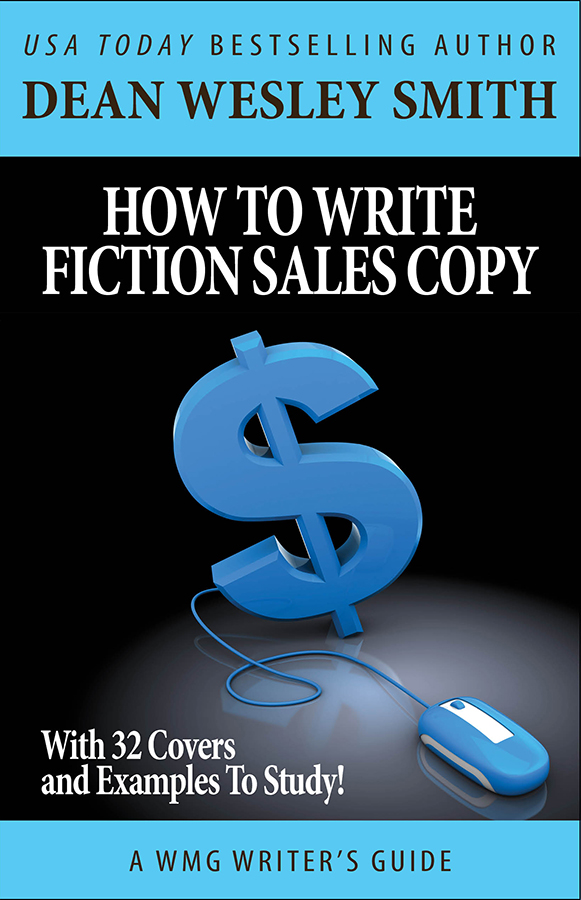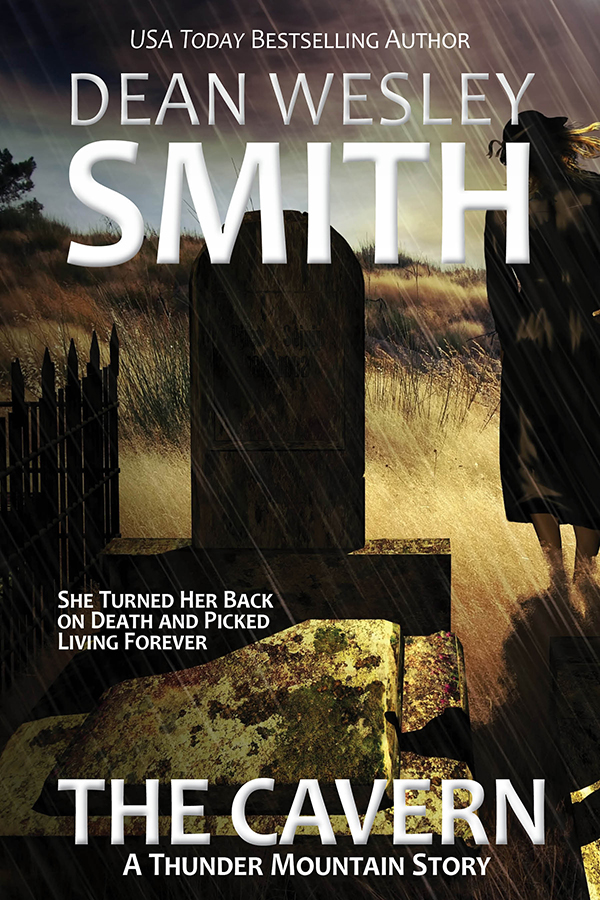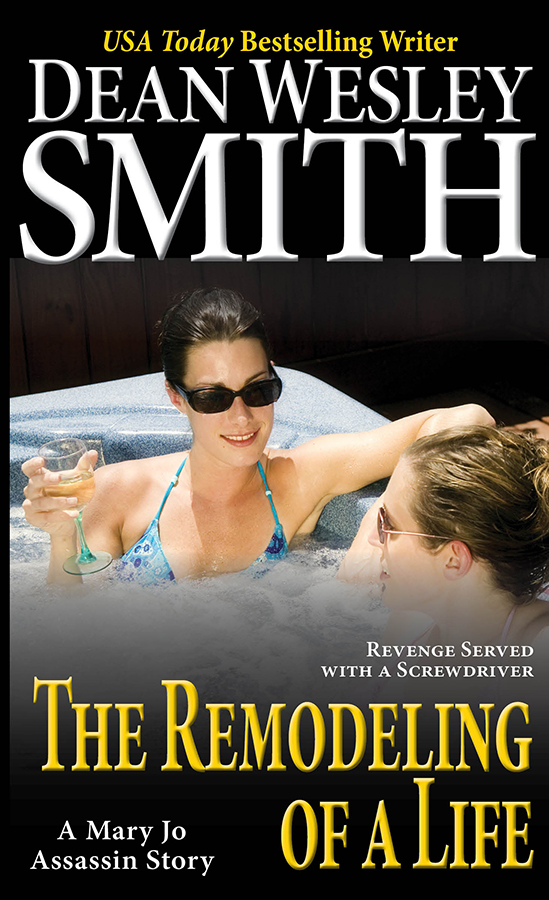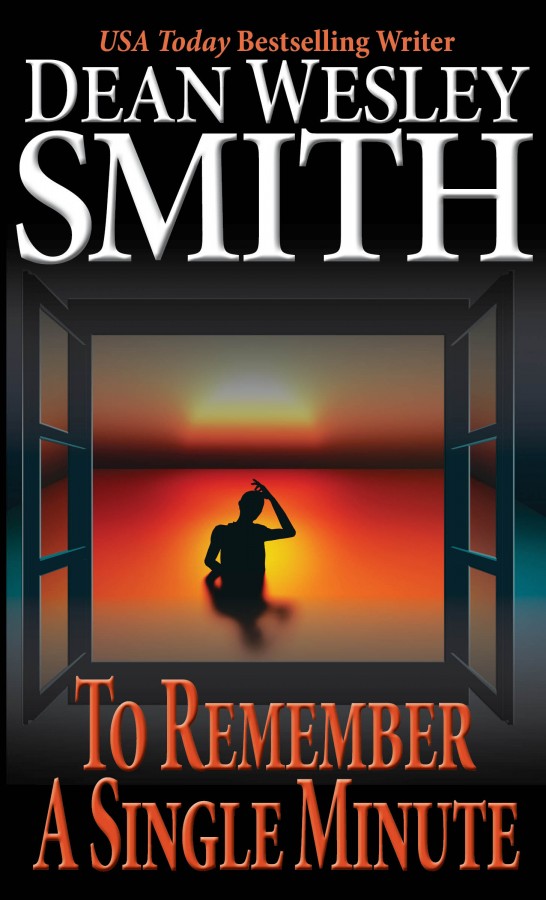How to Write Fiction Sales Copy: Chapter Eight
HOW TO WRITE FICTION SALES COPY
CHAPTER EIGHT
(Summary. This book is coming about because I need to write 32 story blurbs for the 32 short stories I wrote in July for a book titled Stories from July.)
In the first chapter of this book, I touched on what I call “The Author Problem” and gave a basic formula that I sometimes use to give blurbs a structure.
And in chapter two I laid out another formula for writing blurbs.
In the third chapter I talked about a method Lee Allred uses.
In the fourth chapter I talked about the idea that sometimes using first lines can help.
In the fifth chapter, I talked about focus and using setting to get through problems with blurbs.
In the sixth chapter, I mostly used a focus on character only. No or little plot. Just character in the blurb.
In the seventh chapter, I focused on using genre devices and tropes to blurb a story without giving any plot away. Readers know genres and what they love, so by using a genre structure in a blurb, you can bring them into a story.
Another good way to blurb stories is by author reputation. Or pull quotes to help a blurb get the reader into the story. But not doing that in this book since my purpose for writing these is to be in their own book. I might add some of that in for blurbs on Amazon and Kobo and such. So keep that in mind as well.
So now I have ten blurbs left to write. Instead of focusing on different techniques, I’m just going to write these blurbs over the next two chapters and talk about what I used for each blurb and why. But do keep in mind the seven major techniques used to build a sales blurb.
—-
The Cavern: A Thunder Mountain Story

Stout used to own the Garden Lounge where the time-traveling jukebox sat. He sold the Garden to live with his love, Jenny
Now Jenny’s cancer diagnosis gives her only five months to live.
Bonnie and Duster, the original owners of the jukebox, will not stand for that diagnosis.
A Thunder Mountain story of love and death and living?
—
I have written numbers of Thunder Mountain stories and five or six novels now set in the world of Bonnie and Duster Kendal. This story was the hardest of them all to blurb.
I started to talk theme, decided that made no sense, backed up and went to a standard form of first paragraph setting the scene and characters.
Second paragraph give the main problem.
Third paragraph brings in Bonnie and Duster for Thunder Mountain fans to let them know the two are in the story.
The fourth paragraph I told the readers what the story was about.
So back to the structure of the first few chapters of this book with this blurb.
—
A Bad Day for the Dream: A Cold Poker Gang Story

Thirty years ago in Las Vegas, Becky Penn said goodnight to her mother to go out with friends and vanished without a trace.
Retired Detectives Baynard Lott and Julia Rogers, members of the Cold Poker Gang, take on Becky Penn’s cold case.
They love working with other retired detectives and playing a little poker once a week, all to solve cold cases.
A puzzle mystery unraveled carefully by the retired detectives who make up the Cold Poker Gang.
—
Puzzle mysteries are really tough in short story form. And I have made the Cold Poker Gang novels very, very twisted.
And this is a start of one of those really twisted novels. However, in the short story, I wrapped it down and seemingly ended it.
So how not to give any plot away, which is really, really tempting in a mystery because that’s the cool stuff.
So I opened the blurb with the set-up in the story. Then I introduced two of the main characters in the second paragraph.
Then I go to more set up of the Cold Poker Gang.
Then in the fourth paragraph I tell the readers what the story is about. So once again I went back to the first few chapters of this book to use that standard way of writing blurbs.
—
The Remodeling of a Life: A Mary Jo Assassin Story

Mary Jo’s last client tried to have her killed and then shorted her on her money.
Mary Jo needs to remodel the client’s life. And get her money.
In the process, she also remodels her own life while enjoying the occasional vodka and orange juice.
A cold, calculating modern assassin story of revenge served with a screwdriver.
—
The title of this story works at many levels here. And the story follows perfectly the first Mary Jo story in the book. The two both stand alone, but link.
So first paragraph I put in the hook.
Then in the next two paragraphs, I put in her motivation and also what happens after her last case was finished and how she moves on. Plus a reminder of the vodka and orange juice drink.
Then in the last paragraph I told the readers what the story was about.
—
Dreaming Large: A Seeders Universe Story

The Dreaming Large, a Seeders mother ship vanishes without a trace while approaching the edge of a galaxy.
Chairman West and his crew on the Rescue One must find out what happened to the huge mother ship. And the over half-million lives on it.
But as they approach the galaxy’s edge, the last known position of the big moon-sized mother ship, what they find surprises them all.
They find nothing. Absolutely nothing.
A galaxy-spanning science fiction story of the unknowns in space.
—
This time I needed to focus on the plot of the first page. And nothing more.
So the first paragraph set the problem.
Second, third, and fourth paragraphs all relay what is on the first page, plus setting the main character and the mission and the problem he faces.
So I set overall problem, set the mission, set the main character, set his problem.
Last paragraph tells the reader exactly what the story is about just in case anyone missed that it was a science fiction epic in space.
—
To Remember a Single Minute

Remember Incorporated. A company that promises that once the disease took Mike Hanley’s mind, he would remember one single minute of his life in stark clarity.
Any minute.
He just needs to pick the minute.
But of all the wonderful minutes in his entire life, which one can he pick?
A science fiction story with a haunting question.
—
This is an idea story. And it packs a punch and is on a tough topic, one we all either face or deal with.
So I needed to make the plot clear, the part on the top of the first page of the story.
So for four paragraphs, I relayed the opening of the story. And the main character’s problem..
Then in the last paragraph I flat told the reader what the story was about.
Author Problem Check
Did I get into any author problem on any of these five stories?
I think I stayed out of the author problems once again, looking back.
Notice, this review is a pattern every chapter that when you write sales copy, you also should do.
Were there any passive verbs in any of the three blurbs? Nope, none that I can see.
Did I once go “and then this happens” with the plot I did reveal? Nope. I basically revealed no real plot on any of these except what happened on the first page of the story.
I don’t think any had author problems this chapter.
Onward to more blurbs.
2 Comments
Dane Tyler
More sparkling brilliance this chapter, Dean. These seem smoother than previous blurbs. Either I’m getting better at understanding them, or they’re improving. Either way, kudos; fantastic stuff.
Do you recommend writing several blurbs for each piece – maybe use a different technique for each one to see how they shake out – or is there a way for a writer to look at what they wrote and pick a pattern based on the story without “rehearsing”?
Once again, many, many thanks for another great lesson. I am so excited for this book.
dwsmith
I start at this often a few times. Delete. Start again. The problem is always too much plot. Always. The author problem is strong. So how to relay the story without tossing in all the plot stuff. I think this just comes with practice and awareness of the various ways of going about it and different focuses.
But I just don’t write these easily. Each one takes some fits and starts and deletes. (grin)